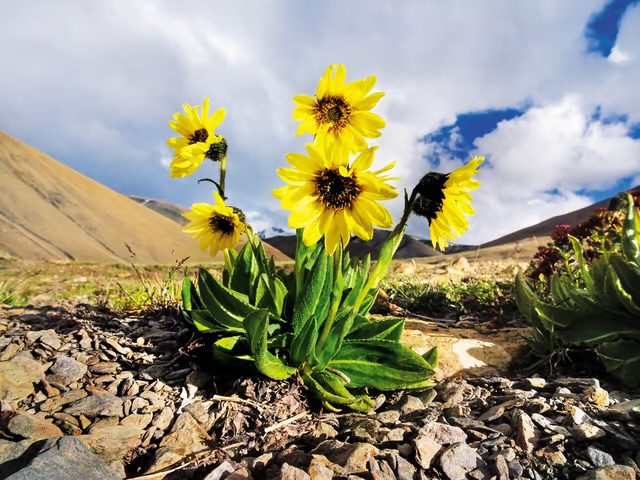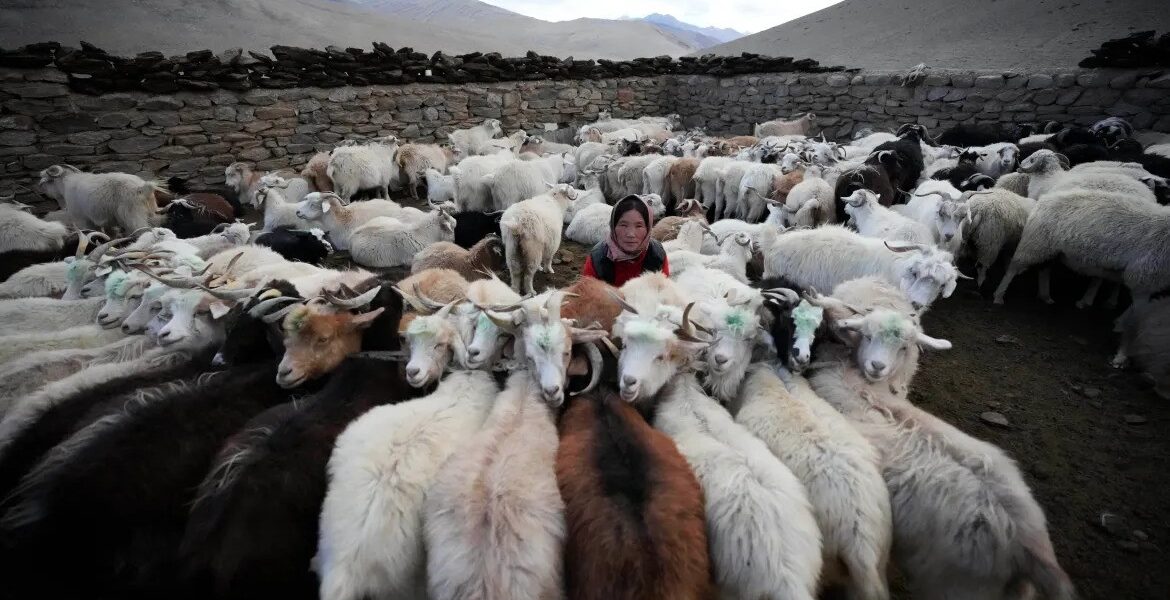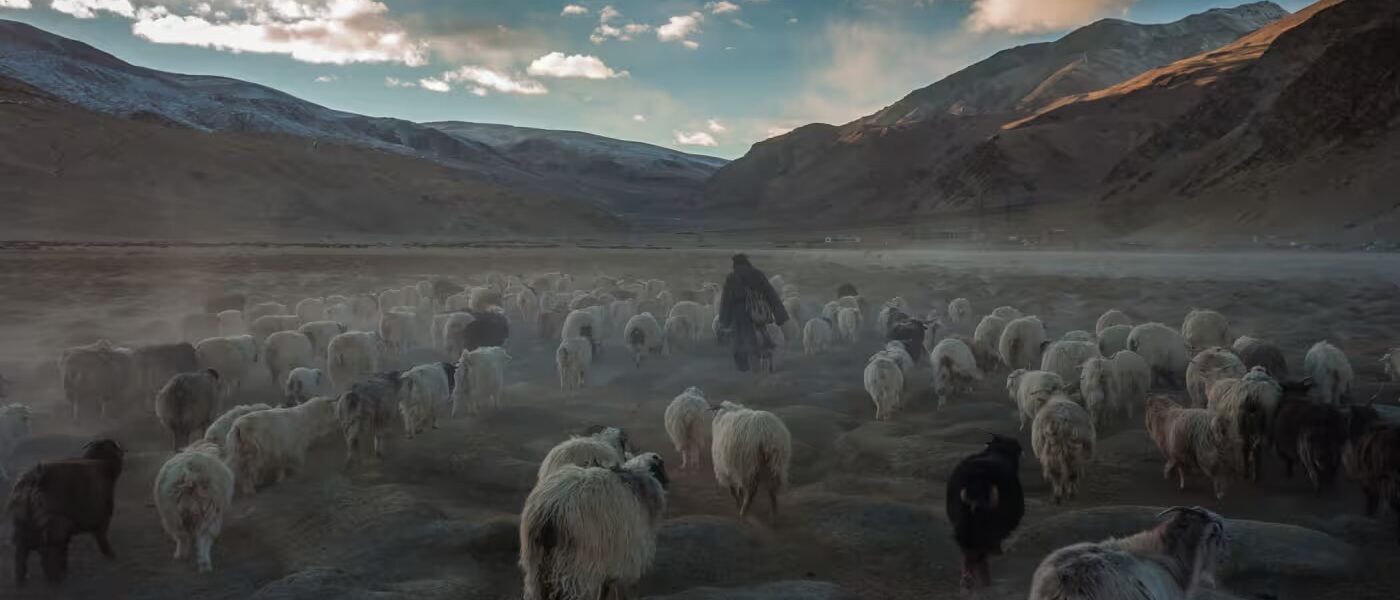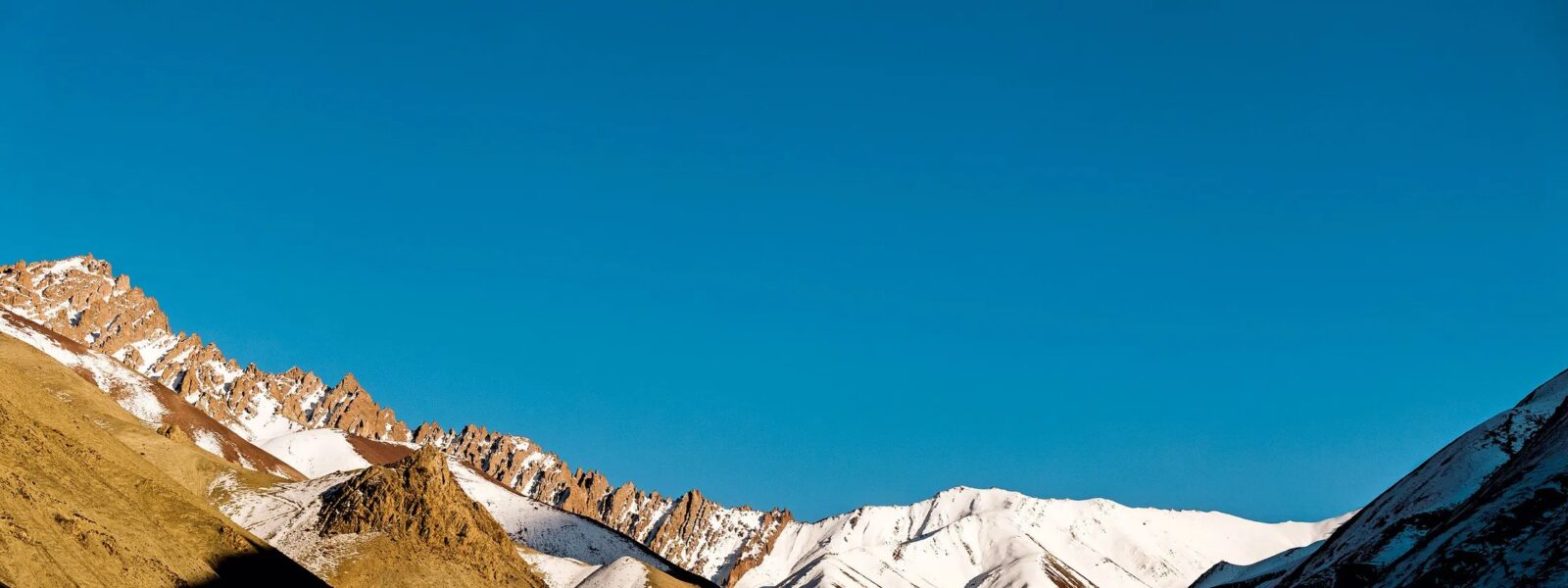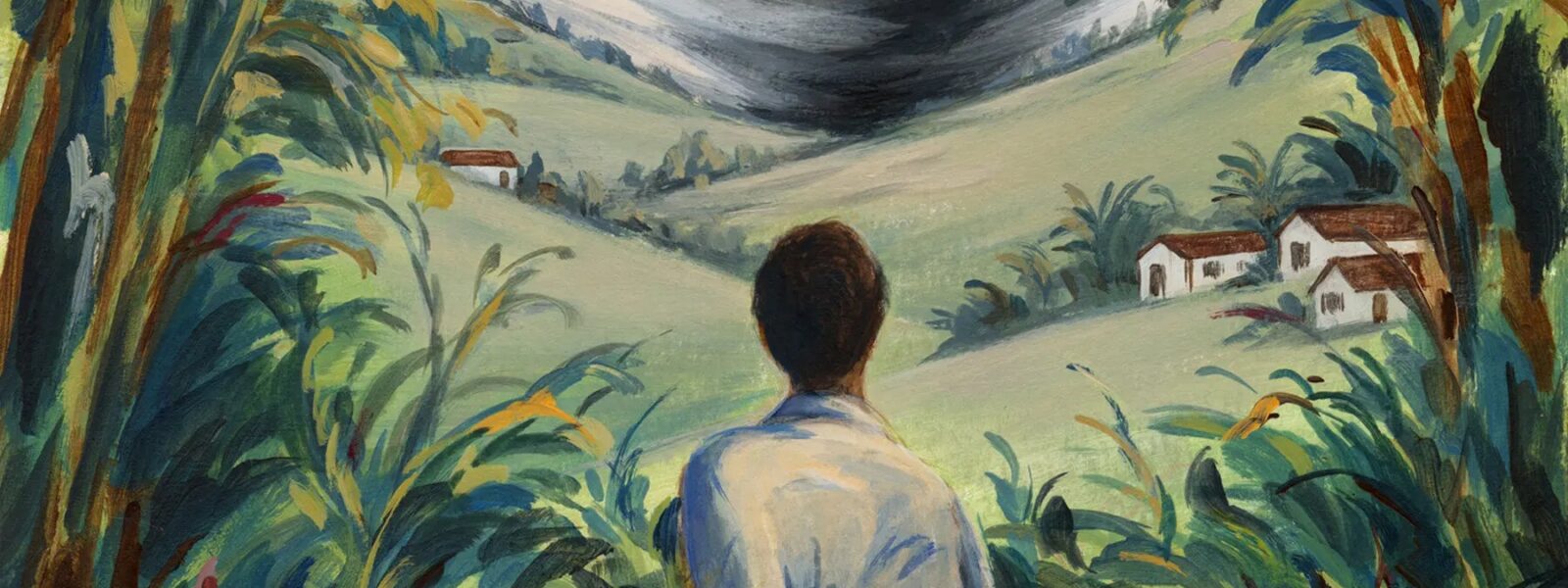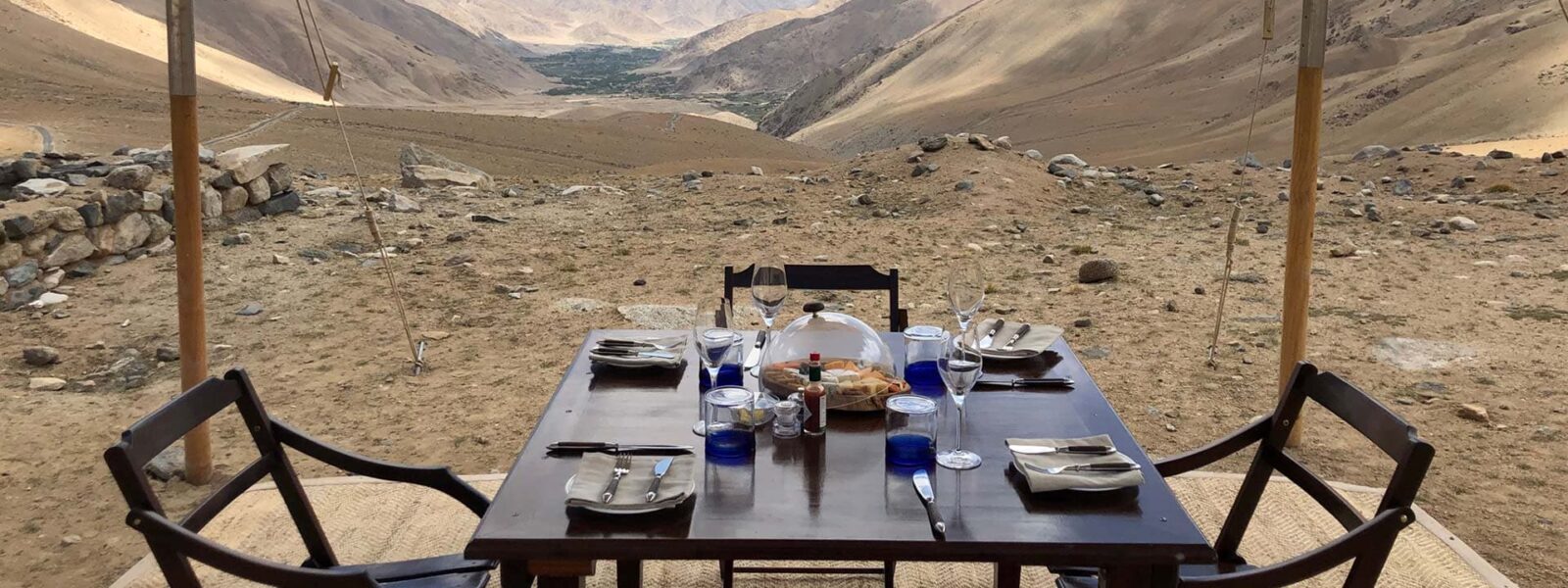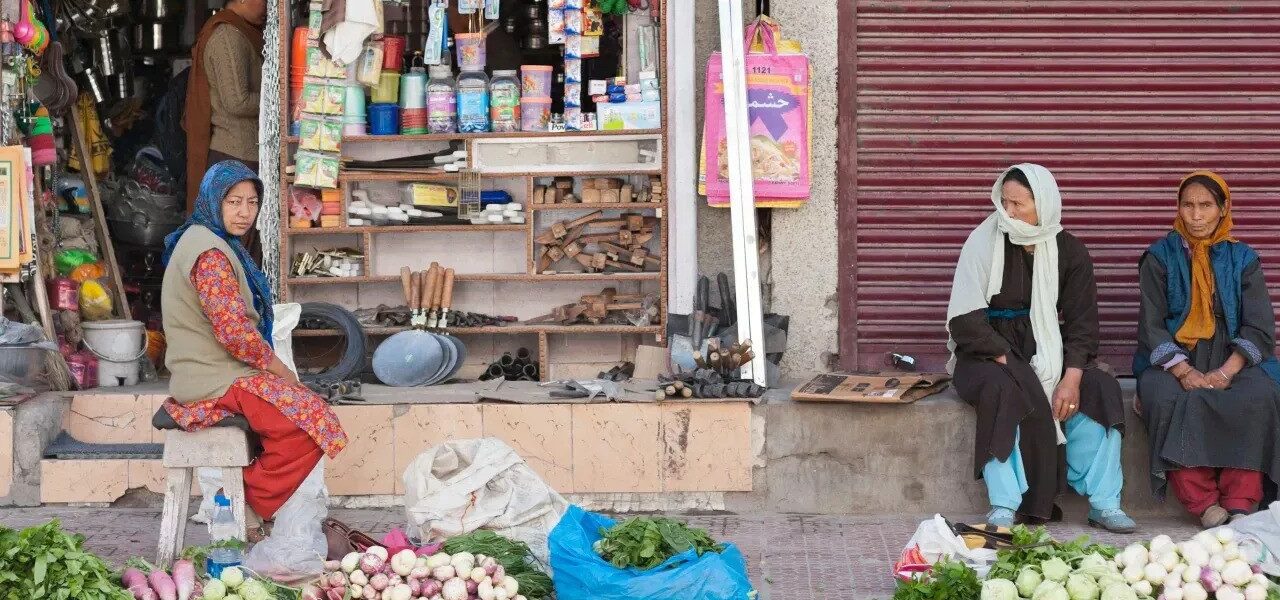Wildflowers of Ladakh thrive in the remote and stunning region in the northernmost part of India, known for its majestic landscapes, rugged mountains, and rich cultural heritage. However, one of its lesser-known treasures lies in its remarkable flora, particularly the wildflowers of Ladakh. The region’s unique geographical and climatic conditions have created a habitat for a wide variety of high-altitude plants, many of which are rare, endemic, and spectacularly beautiful.
In this blog post, we will explore the diverse and extraordinary flora of Ladakh, from alpine wildflowers to medicinal plants, their ecological and cultural importance, and the conservation efforts in place to protect them.
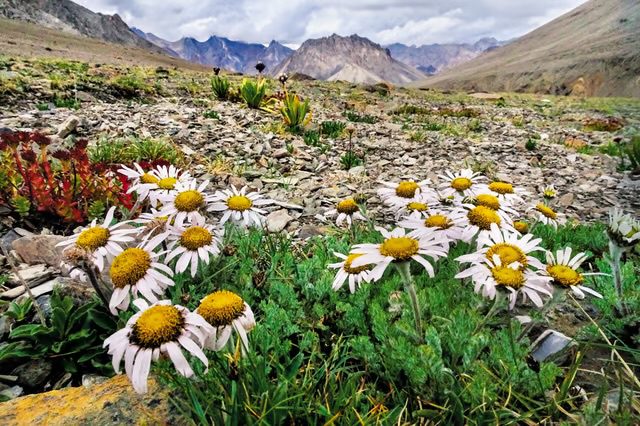
Introduction to the Flora of Ladakh
Overview of Ladakh’s Unique Geography and Climate
Ladakh is a high-altitude cold desert, located between the Himalayan and Karakoram mountain ranges. With elevations ranging from 9,800 feet to over 25,000 feet, the region experiences extreme climatic conditions, including long, harsh winters with temperatures dropping below -30°C and a short, intense summer growing season.
The combination of low precipitation, intense sunlight, and high altitudes has resulted in a unique plant life, with wildflowers that have adapted to survive the harsh environment. These plants thrive in rocky soils, on steep slopes, and in cold desert ecosystems, making Ladakh a botanist’s dream destination.
Importance of Ladakh’s Wildflowers
Ladakh’s wildflowers are not only beautiful but are also crucial to the local ecosystem. These plants play a vital role in supporting pollinators like bees and butterflies, stabilizing soils, and providing food and medicine for both humans and animals. Additionally, the vibrant blooms of wildflowers in Ladakh during the summer months attract nature enthusiasts and trekkers from around the world, making them an integral part of the region’s eco-tourism industry.
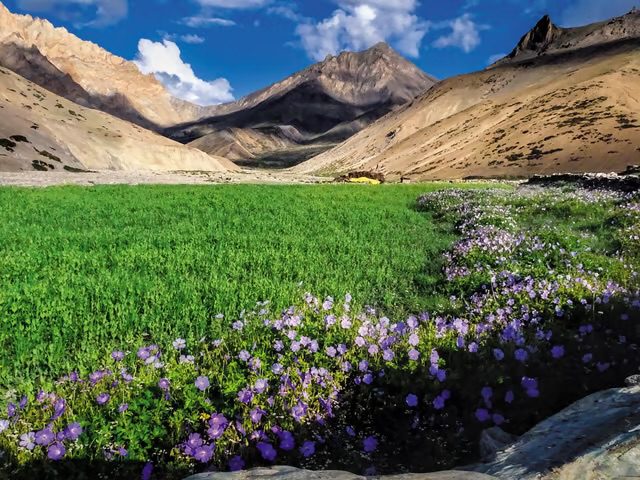
Types of Wildflowers Found in Ladakh
Alpine Wildflowers of the Himalayas
At elevations of over 10,000 feet, alpine wildflowers dominate the landscape. These hardy plants include species like the Himalayan Blue Poppy (Meconopsis aculeata), a stunning blue flower that thrives in the cold, rocky terrains of Ladakh. Other notable high-altitude plants include Saxifraga and Primula, which paint the landscape with their vibrant colors during the brief summer months.
These alpine wildflowers have adapted to survive in the thin atmosphere, intense UV radiation, and poor soils of the region. They are typically low-growing, with thick leaves and small blooms that conserve water and energy.
Endemic Species of Ladakh’s Cold Desert
Ladakh is home to a number of endemic wildflowers, which are found nowhere else on Earth. These plants are uniquely adapted to the cold desert environment. For example, Lloydia serotina and Lagotis cashmeriana are rare species that flourish in the rocky slopes and valleys of Ladakh.
Endemic species are particularly vulnerable to environmental changes, and many are classified as rare or endangered. Conservation of these species is critical to maintaining Ladakh’s biodiversity.
Medicinal Plants Native to Ladakh
Many of Ladakh’s wildflowers are valued not only for their beauty but also for their medicinal properties. The traditional Amchi system of medicine, which has been practiced in the region for centuries, relies heavily on local flora. Plants like Arnebia euchroma (known for its vibrant red roots) and Rheum australe are used to treat a variety of ailments, from digestive disorders to skin conditions.
These medicinal plants are an important part of the cultural heritage of Ladakh and are used in remedies that have been passed down through generations.
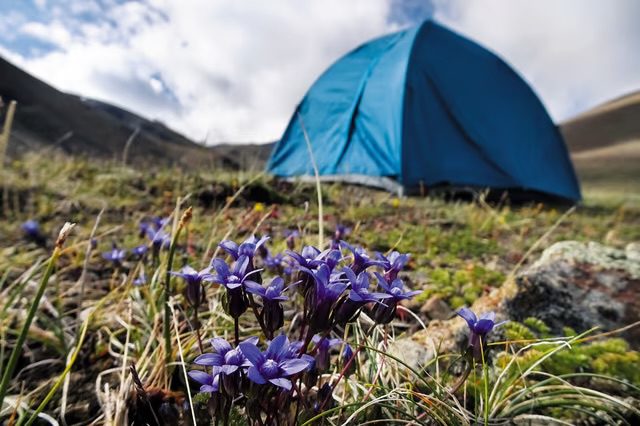
Adaptations of Ladakh’s High-Altitude Plants
How Wildflowers Survive in Ladakh’s Harsh Climate
Surviving in Ladakh’s harsh climate requires a series of remarkable adaptations. Many wildflowers have evolved to cope with the extreme cold, intense sunlight, and limited water availability. Thick, waxy leaves, deep root systems, and the ability to store water are common features of these plants.
Some plants, such as Saxifraga, grow in tight, cushion-like formations that reduce their exposure to the elements, while others have reduced leaf sizes to minimize water loss. These adaptations allow wildflowers to thrive in the extreme conditions of Ladakh’s cold desert.
Seasonal Blooming Patterns of Ladakh’s Flora
Due to the short summer season, the blooming period for wildflowers in Ladakh is brief but spectacular. From June to August, the valleys and slopes come alive with colorful flowers, transforming the stark landscape into a vibrant mosaic of reds, yellows, blues, and purples.
The best time to visit Ladakh to witness this incredible display of flora is during these summer months, when the snow has melted, and the wildflowers are in full bloom.
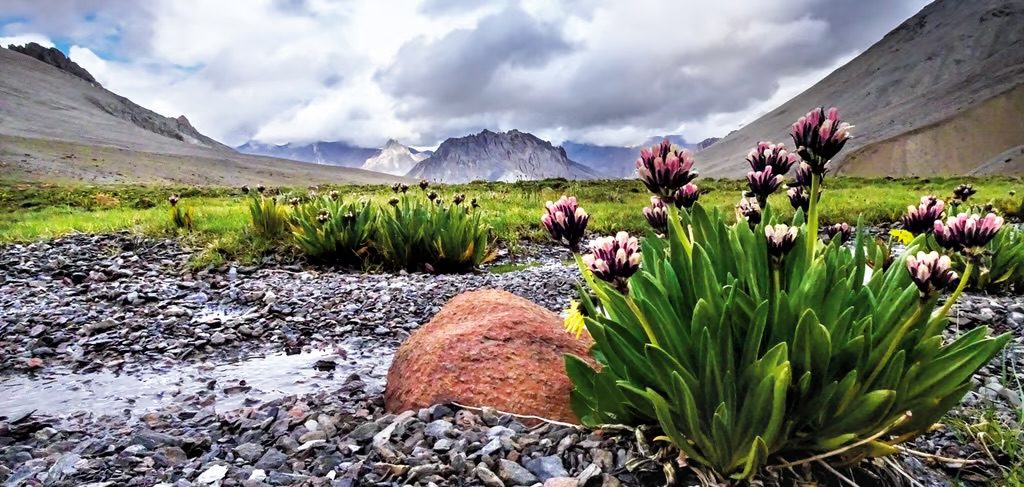
Notable Wildflower Species in Ladakh
The Blue Poppy: Jewel of the Himalayas
One of the most iconic wildflowers of Ladakh is the Himalayan Blue Poppy (Meconopsis aculeata). Known for its striking blue petals, this flower is a symbol of the rugged beauty of the Himalayas. It grows at altitudes of 12,000 to 15,000 feet and blooms in the summer months.
The Blue Poppy is not only beautiful but also rare, making it a prized sight for trekkers and nature lovers visiting Ladakh.
The Ladakhi Edelweiss: Symbol of Endurance
The Ladakhi Edelweiss (Leontopodium alpinum) is another remarkable wildflower found in the region. Known for its white, star-shaped flowers, Edelweiss is a symbol of endurance, growing in some of the most inhospitable terrains in Ladakh. This flower is often associated with the Alps, but it also thrives in the Trans-Himalayan ranges of Ladakh.
Other Rare and Endangered Wildflowers
Ladakh is home to a variety of rare wildflowers, including species like Aconitum violaceum and Potentilla bifurca. These plants are critical to the region’s ecosystem, providing food and shelter for a variety of wildlife. However, many of these species are threatened by habitat loss and climate change, making conservation efforts crucial.
Ecological and Cultural Importance of Ladakh’s Wildflowers
Role of Wildflowers in Ladakh’s Ecosystem
Wildflowers are essential to the health of Ladakh’s ecosystem. They provide habitats for pollinators like bees and butterflies, which are vital for the reproduction of many plant species. They also help prevent soil erosion, particularly in the region’s fragile alpine environments.
Furthermore, wildflowers contribute to the biodiversity of Ladakh, supporting a variety of species that are uniquely adapted to the region’s high-altitude conditions.
Traditional Uses of Wildflowers in Ladakhi Medicine
In addition to their ecological importance, wildflowers have long been used in traditional medicine in Ladakh. The Amchi system, practiced by local healers, uses wild plants to create remedies for common ailments. These medicinal plants are often dried and stored for use throughout the long winter months.
The use of wildflowers in traditional medicine highlights their cultural significance in Ladakh, where natural resources are used sustainably and respectfully.
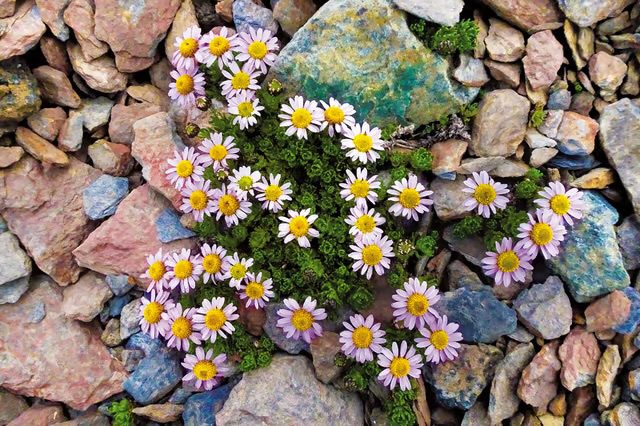
Sustainable Tourism and Conservation of Ladakh’s Flora
Wildflower Trekking in Ladakh: Best Trails to Explore
Ladakh offers some of the best wildflower trekking experiences in the world. Popular trekking routes like the Nubra Valley, Zanskar Valley, and Markha Valley take visitors through stunning landscapes where they can see a wide variety of alpine plants and wildflowers.
These trails are not only beautiful but also provide an opportunity for visitors to learn about the importance of conservation and sustainable tourism in protecting Ladakh’s delicate ecosystems.
Conservation Efforts to Protect Ladakh’s Wildflowers
As climate change and over-tourism threaten the region, there have been increasing efforts to conserve Ladakh’s wildflowers. Local organizations, along with global conservation initiatives, are working to protect endemic species and promote sustainable tourism practices.
Conservation efforts include habitat restoration, seed banking, and education programs aimed at raising awareness about the importance of Ladakh’s wildflowers.
Responsible Eco-Tourism Practices for Visitors
To protect the wildflowers of Ladakh, it’s important for visitors to engage in responsible eco-tourism. This includes staying on designated trails, avoiding the collection of plants, and supporting local conservation efforts.
By practicing sustainable tourism, visitors can help ensure that Ladakh’s unique flora is preserved for future generations to enjoy.
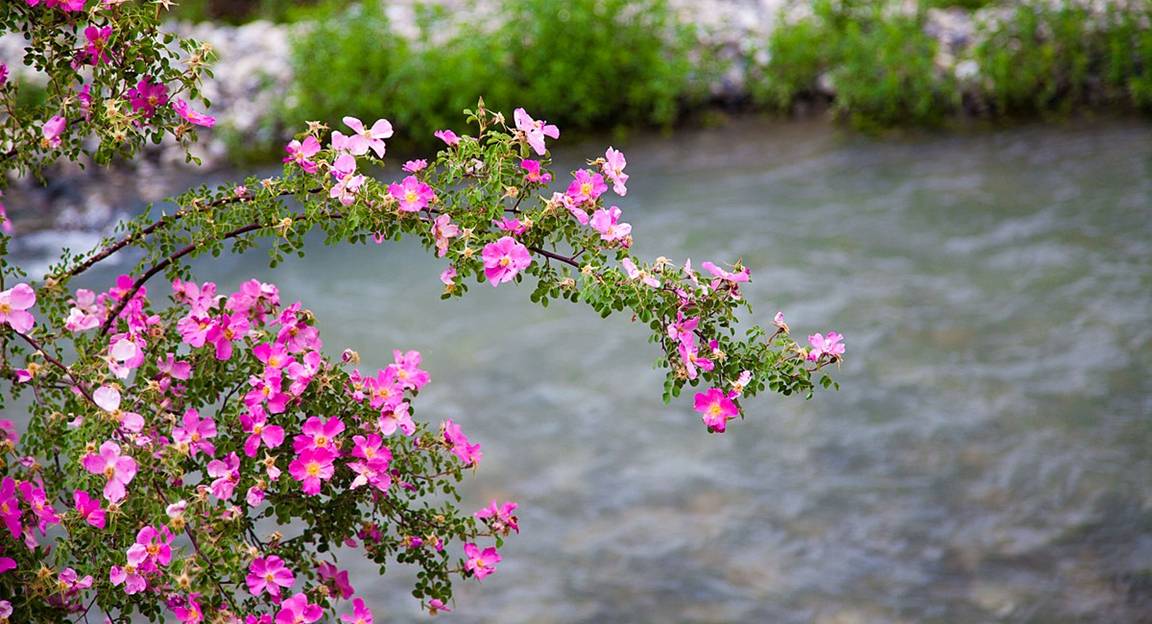
Conclusion: Celebrating Ladakh’s Unique Wildflowers
Why Ladakh’s Wildflowers Deserve Protection
The wildflowers of Ladakh are not only stunningly beautiful but also ecologically and culturally significant. They contribute to the region’s biodiversity, support local wildlife, and play an important role in traditional medicine. However, these plants are vulnerable to environmental threats, making their conservation a priority.
How You Can Help Support Wildflower Conservation
Visitors and nature enthusiasts can support the conservation of Ladakh’s wildflowers by practicing responsible tourism, donating to local conservation efforts, and spreading awareness about the importance of protecting the region’s fragile ecosystems.
By working together, we can ensure that the wildflowers of Ladakh continue to thrive for generations to come.
Frequently Asked Questions (FAQs)
What are the most common wildflowers in Ladakh?
Some of the most common wildflowers in Ladakh include the Himalayan Blue Poppy, Edelweiss, and various species of Primula and Saxifraga.
When is the best time to visit Ladakh for wildflower viewing?
The best time to visit Ladakh for wildflower viewing is from June to August, when the flowers are in full bloom during the short summer season.
Are there any guided tours for wildflower enthusiasts in Ladakh?
Yes, several guided trekking tours are available in Ladakh that focus on the region’s flora and wildflowers, particularly in areas like Nubra Valley and Markha Valley.
How are Ladakh’s wildflowers affected by climate change?
Climate change is impacting the blooming patterns and habitat of Ladakh’s wildflowers. Rising temperatures and changes in precipitation patterns threaten the delicate ecosystems that these plants rely on.
What are the conservation efforts in place for Ladakh’s wildflowers?
Conservation efforts include habitat restoration, seed banking, and initiatives aimed at promoting sustainable tourism to protect the fragile flora of the region.
Can I collect wildflowers in Ladakh?
No, it is discouraged to collect wildflowers in Ladakh. Visitors are encouraged to admire the flowers without disturbing the natural environment to help preserve the region’s biodiversity.

